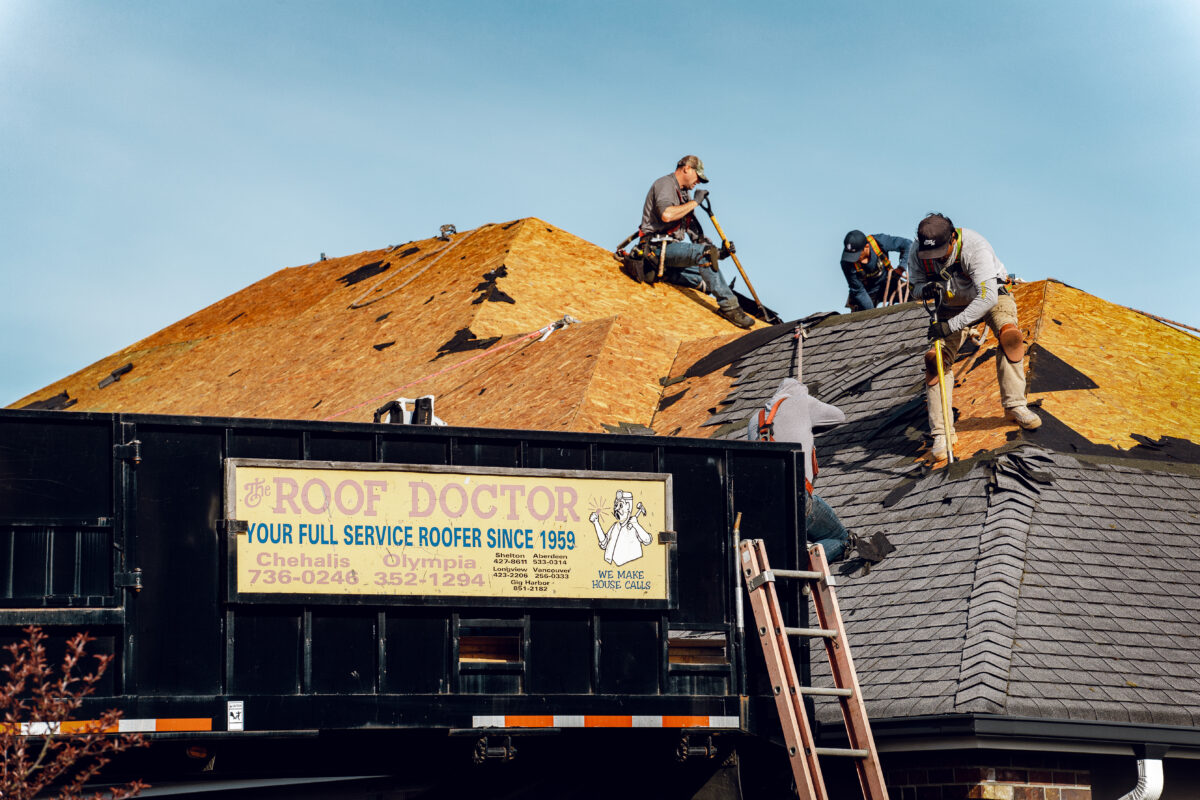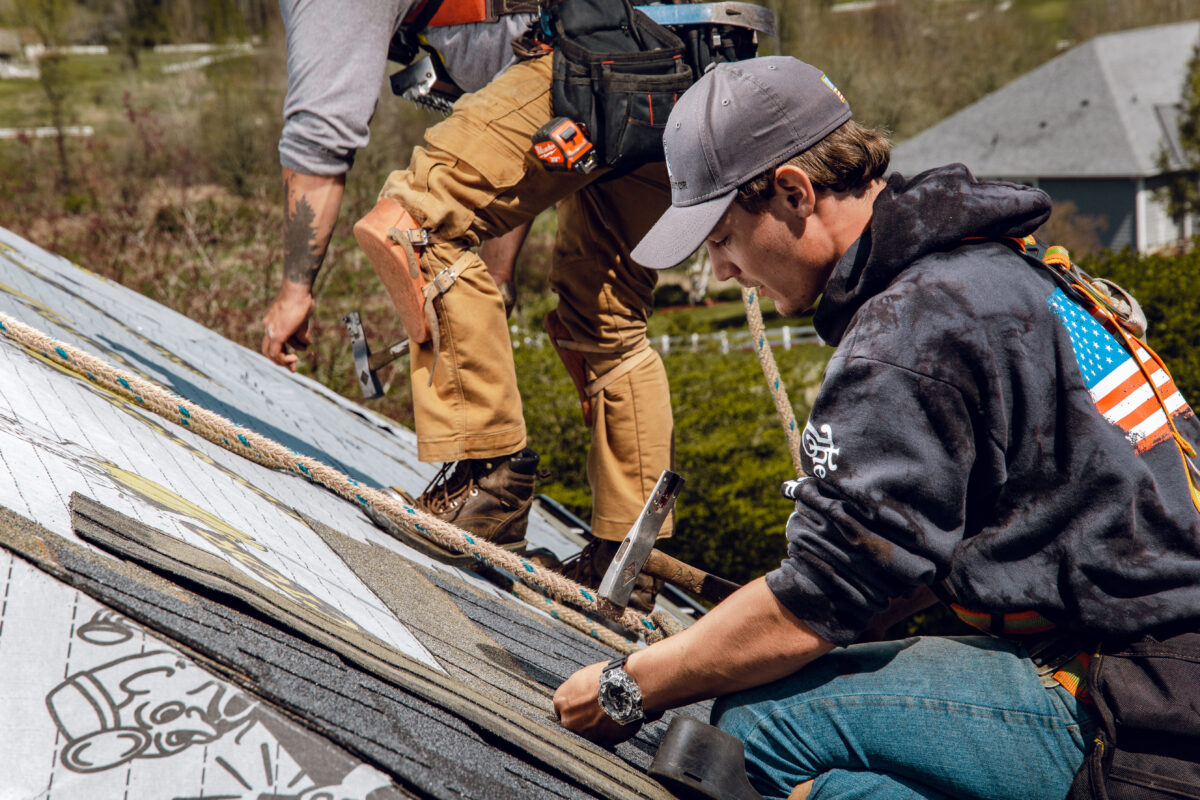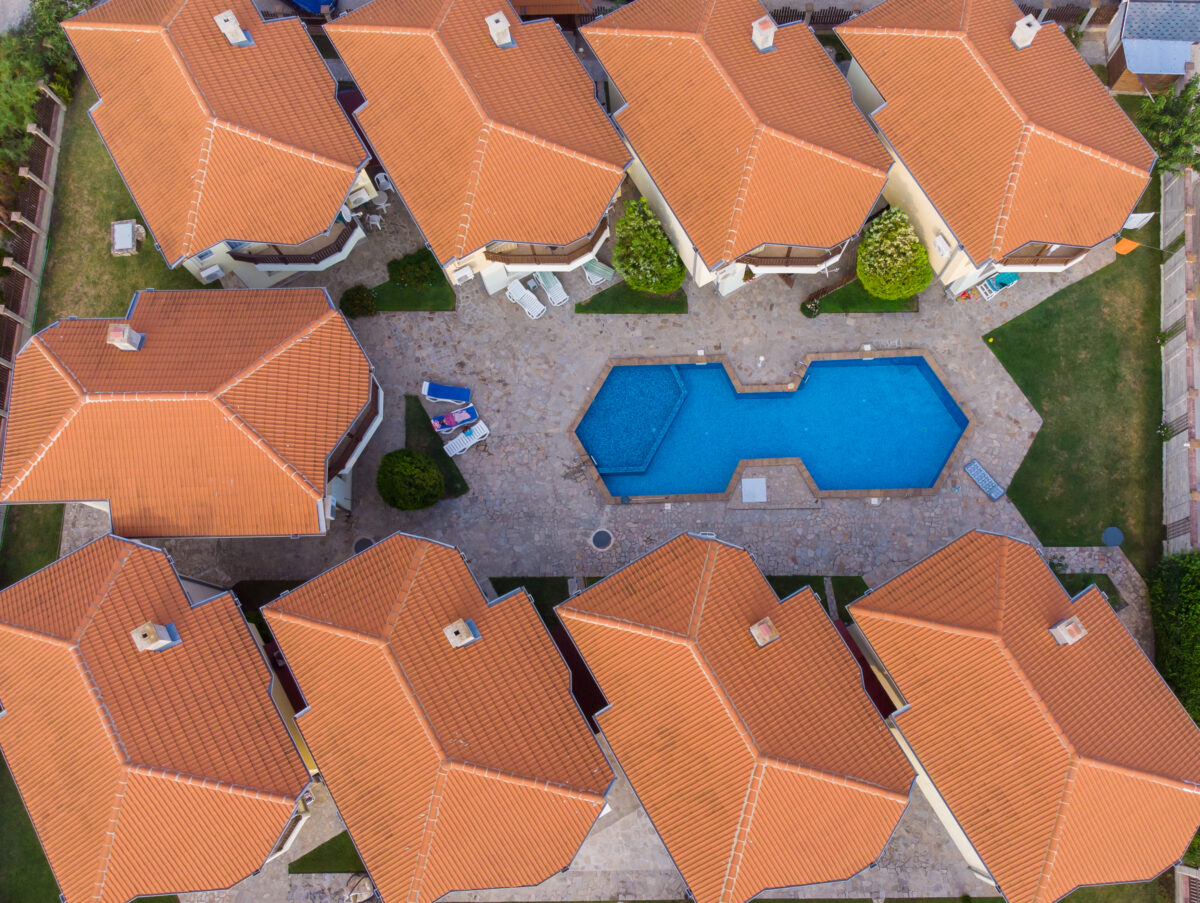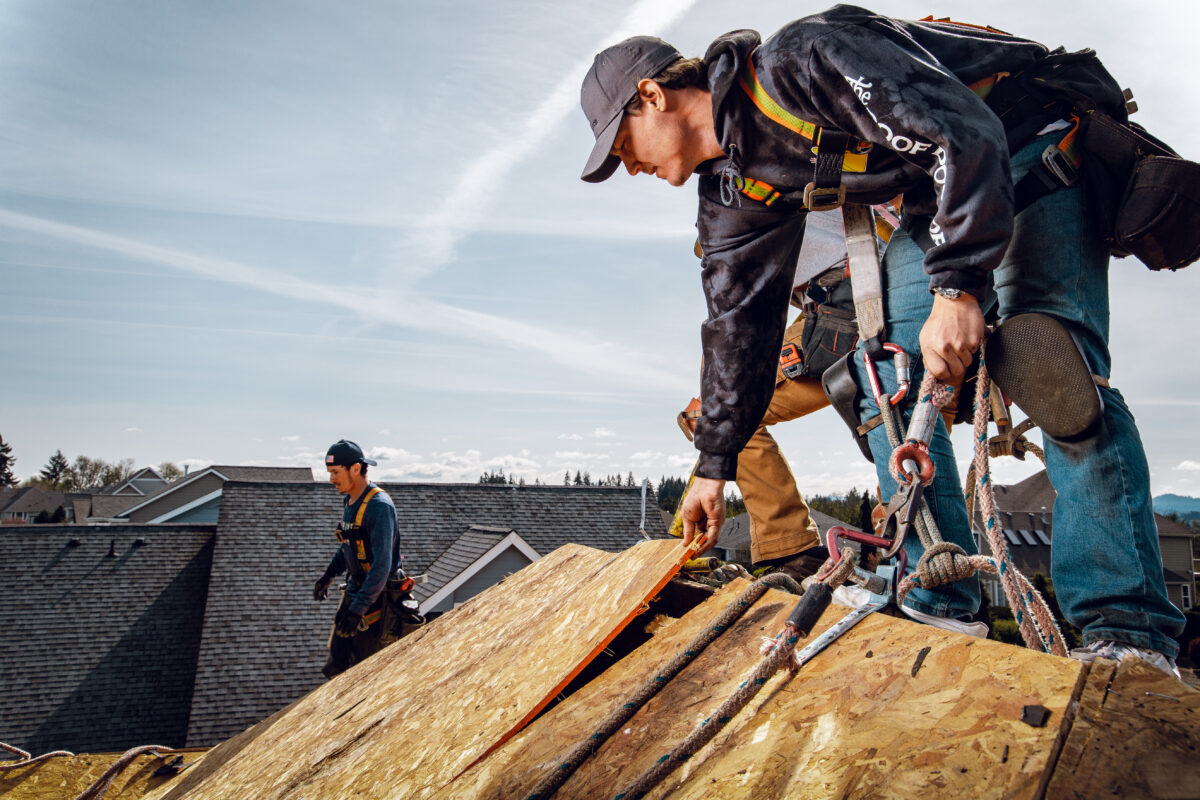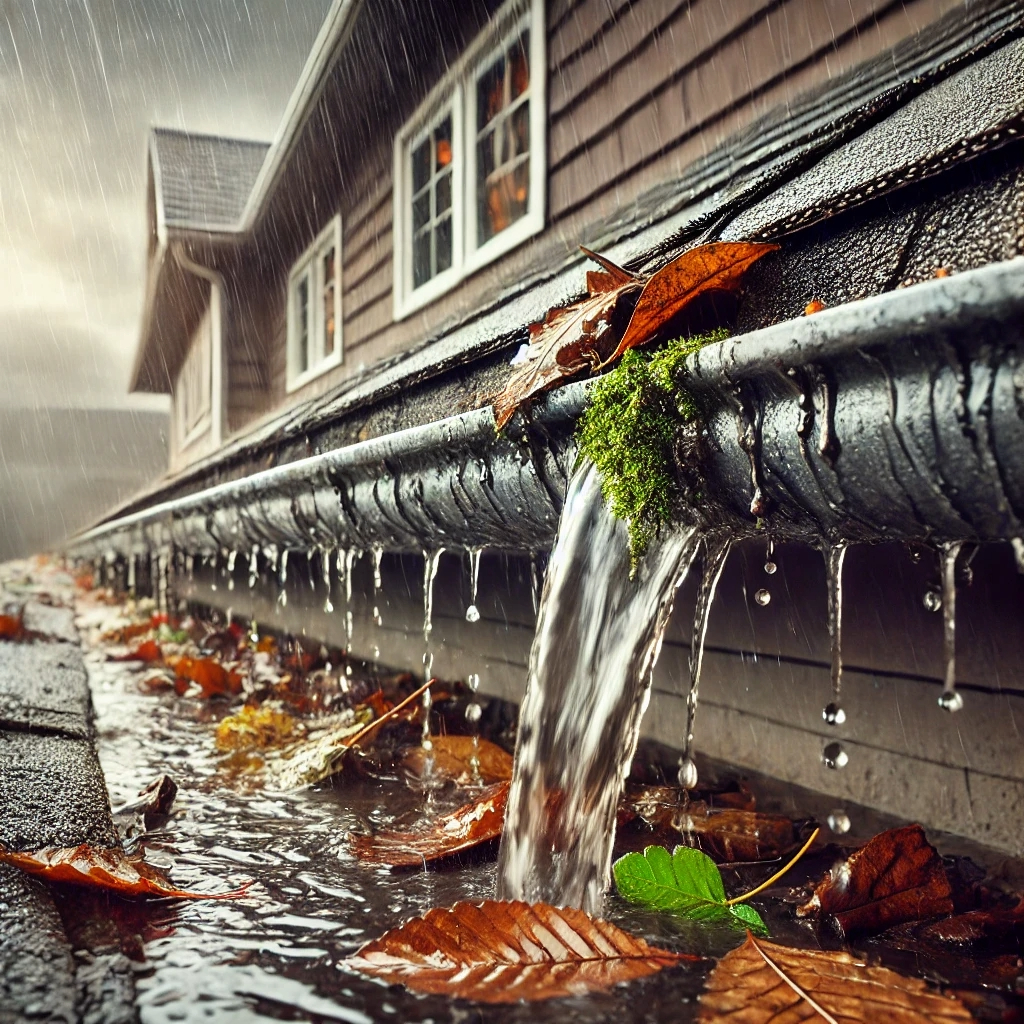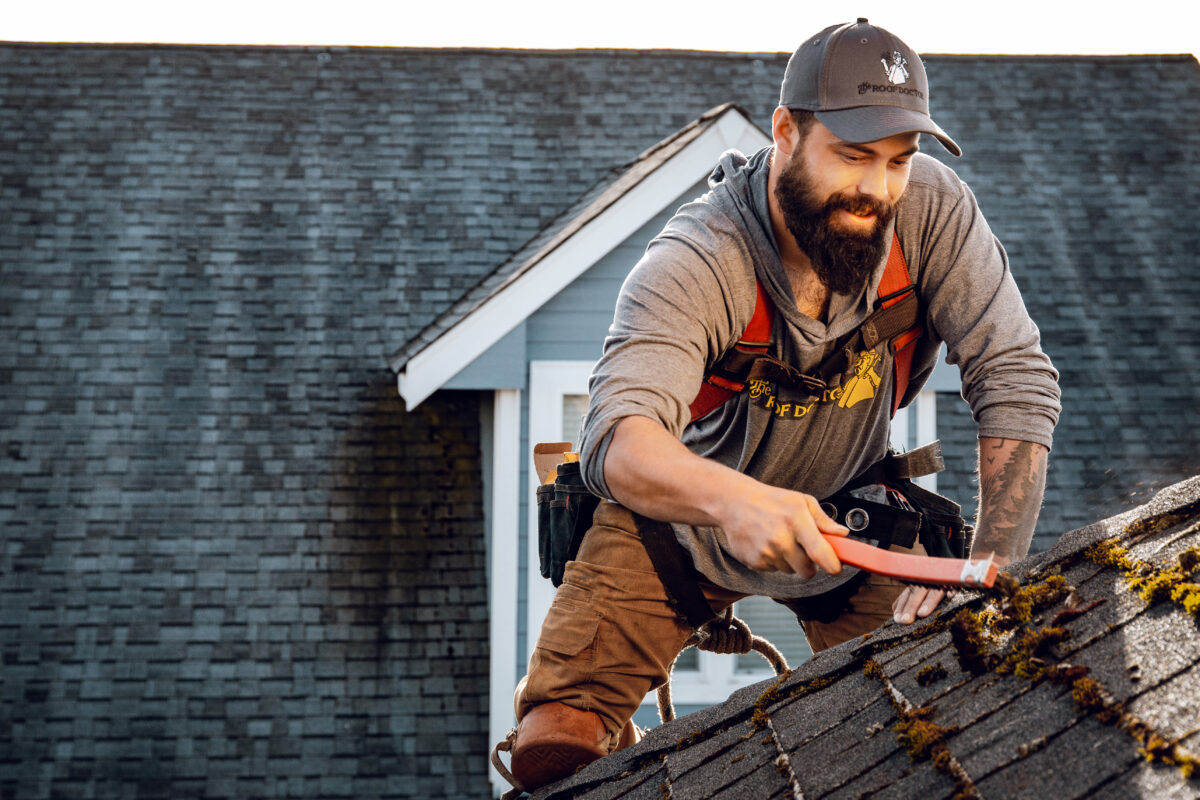Local vs National Roofing Companies: Which One is Right for You?
When it’s time for a roof repair, replacement, or full construction project, one question tends to pop up fast: should you hire a local roofing company or go with a national chain? On the surface, both options may seem pretty similar. But dig a little deeper, and the differences will start to show. Whether you’re a business owner managing your property or you’re looking to protect your home from Washington’s moody weather patterns, the decision matters. Here’s what to know before you sign a contract and how to move forward with confidence.
The Basics
What is a Local Roofing Contractor?
A local roofing company is just that—local. They live, work, and serve right out of your area. These companies typically handle jobs within a specific region (like western Washington) and have strong community ties. You’ll find them sponsoring youth sports teams, showing up at local events, and often, they’ve been around for decades.
What Makes a Roofing Company National?
National chains operate across multiple states, sometimes with hundreds of employees under a national brand. They usually have call centers, branded trucks, and wide marketing reach. Their size gives them name recognition, but that doesn’t always guarantee personal service.
Response Time and Accessibility
Hiring locally often means quicker scheduling and faster response times, especially when you’re dealing with a leak or storm damage. We’ve seen it firsthand: in tight-knit communities, our crews can often be on-site within a day or two. For national chains, scheduling depends on their broader system, which may not prioritize your zip code the same way. Plus, during busy seasons or extreme weather events, local contractors typically have a better grasp of how local weather affects roofing and can plan accordingly.
Customer Service: Personal or Processed?
It’s not just about getting someone on the phone, it’s about getting someone who knows your name. Local businesses tend to offer a more personalized touch because they live off reputation. If there’s a concern with your roof replacement, you’re more likely to talk directly with a manager or even the owner. National companies don’t have the time and resources to give every customer a personal touch. Often, you’ll be required to go through multiple customer service channels before you get any help.
Community Reputation Matters
Before you hire a roofing contractor, ask around. What are your neighbors saying? Word-of-mouth reviews carry serious weight, especially when you can see the finished project down the street. Because local roofing companies depend on local referrals, their quality control tends to be tighter. They know that a single bad review could impact future business. National companies just don’t have that kind of accountability.
Price Transparency and Flexibility
Can You Negotiate with Roofers?
Yes, and it’s usually easier with a local roofing company. Local contractors tend to provide roof estimates that are customized. Often, there’s room to talk about materials, timing, or even phased work if your budget is tight.
With national roofing companies, pricing can be less flexible. Some operate with flat-rate structures, especially if they’re part of a franchise. This doesn’t necessarily mean higher prices, but it could mean less wiggle room.
Licensing, Insurance, and Warranties
This is a must-check, no matter who you hire. Every roofing contractor, local or national, should be licensed, bonded, and insured. They should be happy to show documentation and explain your warranty options. Local companies often have to follow regulations specific to your city, and are well versed in all the legal inner workings.
Craftsmanship and Materials
Local roofers often take pride in their work because their reputation is on the line with every job. Crews are usually trained in-house, and it’s easier to verify past work in your area. National chains, however, may use subcontractors, which can affect quality. Even if the materials are similar, the installation can vary depending on the crew.
Long-Term Care and Maintenance
After a roof replacement, who handles your inspections, cleanings, or touch-ups down the line? With a local contractor, you can often get the same crew back for follow-up service. That kind of consistency is harder to maintain with a big national brand. Plus, local roofers tend to be more familiar with long-term maintenance needs specific to your region.
How to Compare Roofing Companies
Questions to Ask Before You Hire
Not sure how to compare roofing contractors? Here are some questions to ask during your interviews:
- How long have you worked in this area?
- Can I see photos or addresses of completed jobs nearby?
- Who will be doing the work—your team or subcontractors?
- How long will the project take?
- What’s your cleanup policy?
- What type of warranty do you offer?
Red Flags
- Vague answers or dodging questions
- Pressure to sign a contract immediately
- Unclear pricing or confusing contracts
- Lack of local references
Which Option Is Right for You?
So, which option is better? In short, if you have the opportunity to go with a local company, take it. Not only do local companies usually know the area and materials that work best for it, but they also are held to an accountability and standard that doesn’t exist in a national chain. National chains might work for larger commercial jobs, but they don’t always bring the same neighborhood touch.
Why Western Washington Calls The Roof Doctor
At The Roof Doctor, we’re more than just a roofing company. We’re part of the fabric of western Washington. We’re proud to have been helping families and businesses with their roofing projects for over 60 years, and we don’t plan to stop any time soon. Our crews are highly trained, our company is licensed, bonded, and insured, and our service is built on real relationships.
Whether you need a quick fix, a full replacement, or just want to learn more about hiring a local roofing expert, start by reaching out. We’re here to help with transparency and straightforwardness whenever you need it.estimate with our team. We’re happy to chat with you and we want to be here when you need us most.





